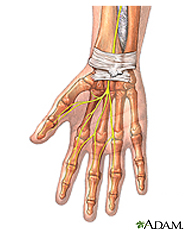Since the National High Blood Pressure Education Program was established in 1972, awareness, prevention, treatment and control of hypertension have improved. According to measurements taken in 1976-80 and again in 1988-91,
- Among people with hypertension, treatment increased from 31 to 55%.
- The percentage of people whose high blood pressure is controlled to below 140/90 mmHg increased from 10% to 29%.
- Age-adjusted death rates from stroke declined by nearly 60% and from coronary heart disease by 53%.
- One-half of the reduction in stroke mortality in white women over 50 and nearly two-thirds of the benefit among African American women can be attributed to the fall in blood pressure.
However, these improvements are leveling off. Repeat measurements show that, since 1993, age-adjusted stroke rates have risen slightly, and the decline in coronary heart disease is less pronounced. Rates have increased for the incidence of end-stage kidney disease, and the prevalence of heart failure -- both of which are associated with hypertension.





